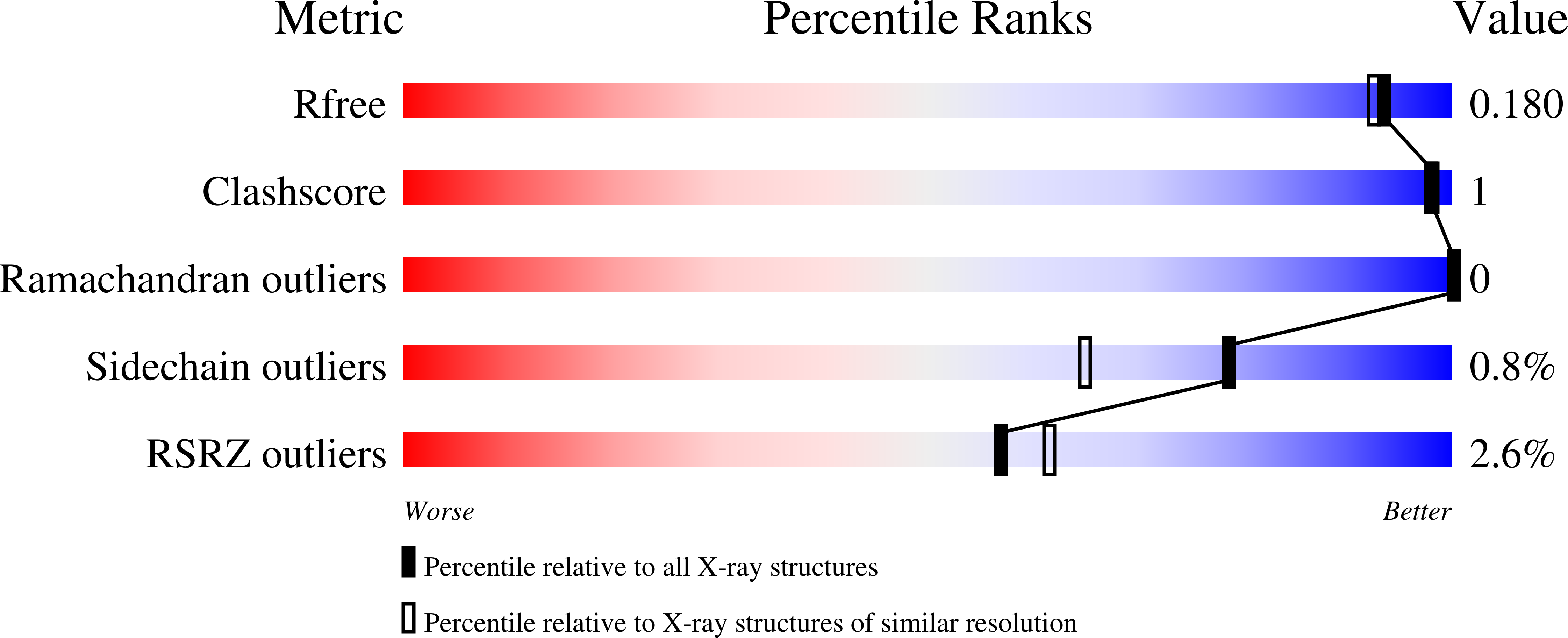
Deposition Date
2024-05-06
Release Date
2025-04-16
Last Version Date
2025-04-16
Entry Detail
PDB ID:
9F8O
Keywords:
Title:
Crystal Structure of PhzA/B from Burkholderia cepacia R18194 in complex with [6-Hydroxy-2-(4-hydroxyphenyl)benzo[b]thiophen-3-yl]{2-[(2-morpholinoethyl)amino]phenyl}methanone
Biological Source:
Source Organism:
Burkholderia lata (Taxon ID: 482957)
Host Organism:
Method Details:
Experimental Method:
Resolution:
1.57 Å
R-Value Free:
0.18
R-Value Work:
0.16
R-Value Observed:
0.16
Space Group:
P 1 21 1


